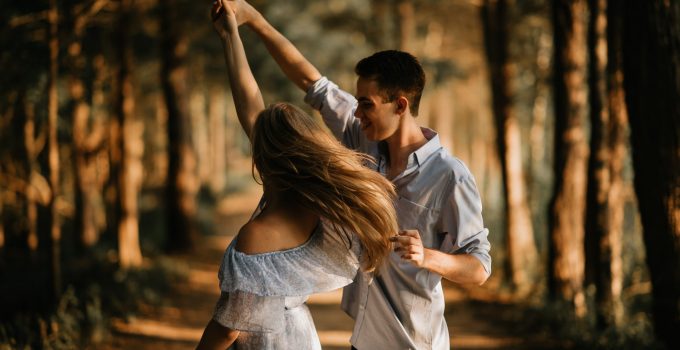Are you the type of person who always lands on your feet? Are you footloose and fancy-free, not worrying whether fortune smiles on you? Or perhaps you don’t trust your luck and, thus, always seek to put your best foot forward.
Dancing is so integral to the human experience that virtually every culture boasts sacred dances and every language is replete with idioms reflecting humans’ passion for the dance.
Our opening paragraph is built around three of them; there are plenty more.
Humans dance to tell a story through movement. For some, dance is in reverence of their ancestors while, for others, it relates a particularly poignant story. Ancient tribes danced to kick off a hunt or observe a religious ritual.
In virtually every instance, dancing is a physical expression of irrepressible joy, which begs the question: is it the occasion or the dance itself that makes us feel so good?
A feeling of joy is just one benefit of dancing. Moving to the beat is a great way to bust stress and invigorate yourself; it limbers you up and gets your heart beating faster – all of which have proven health benefits.
Happiness is only incidental to dancing, though. There are more tangible benefits to be had; let’s discover them.
Dancing as Strength Training
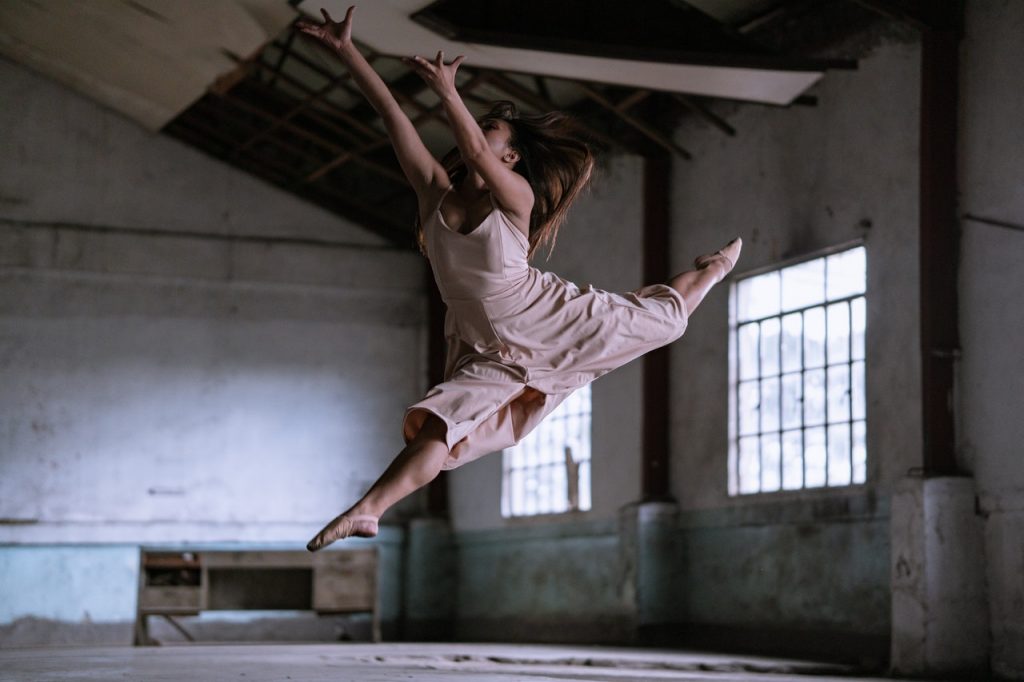
Source: pexels.com
Most people think of building muscles as something done in the gym but you don’t need to pump iron to build your strength. As you learn and repeat each dance step, the muscles involved become stronger.
Core strength is vital to dancing so, as you move your limbs, you are also building up your back and abdominal muscles – without doing any crunches or sit-ups.
Dancing for Endurance
Marathon runners and other athletes often talk about endurance; it is the ability to continue a physical activity for an extended time without getting winded or suffering from aching muscles.
Dancing is an excellent way to build endurance.
You may start out with relatively simple steps and movements and then, when the tempo heats up, you can move faster and at a greater range of movement. Then, when the music slows again, your pacing will reflect that change.
These tempo switches are excellent for building your stamina; you might compare dancing to high interval intensity training, a type of workout that helps to regulate glucose levels as well as burn fat.
The only thing to watch for is pushing yourself too far. You may be so caught up in your dance that you ignore feeling tired; it would be best to rest when your body sends signals that you’re reaching your limit.
Dancing for Equilibrium
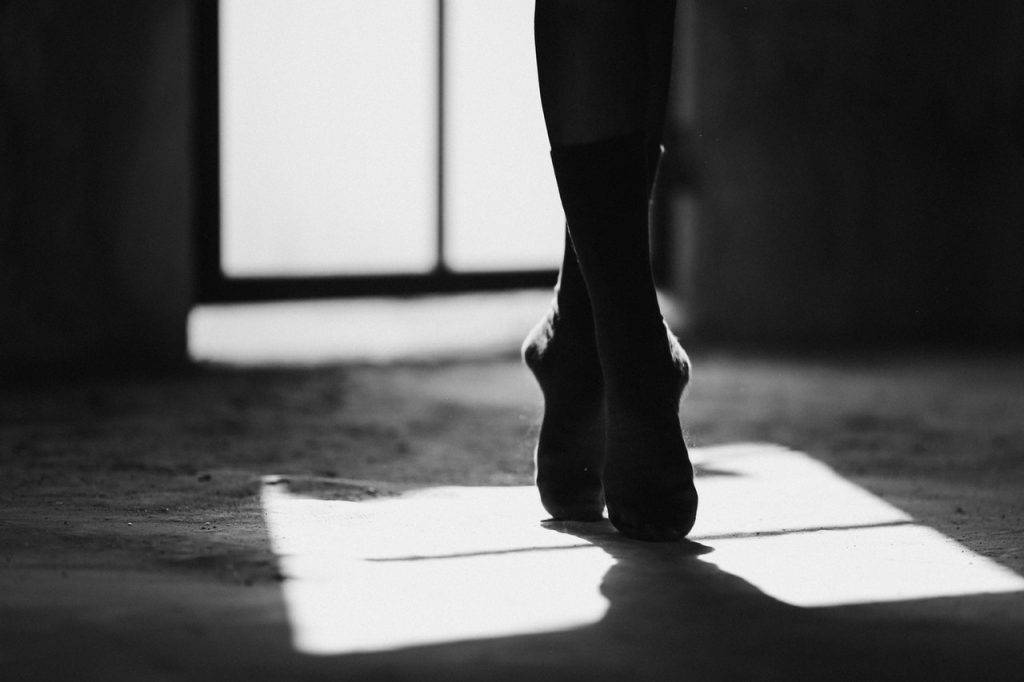
Source: pexels.com
You don’t have to be a ballet dancer to know how important good balance is to everyday life. Whether you suffer from vertigo or only occasionally feel dizzy after bending down to pick something up, the sense that you might fall over is not at all fun to live with.
Fortunately, dancing can help you improve your sense of balance.
By shifting your body from side to side, changing your head’s position and twirling around, you’re forcing your brain to quickly and constantly adjust to new positions. The net effect of that ‘training’ is better balance overall – while you’re dancing and, especially, when you’re not.
Note that dancing cannot cure vertigo. However, you could talk with your Superprof dance instructor about a therapeutic dance regimen to help you manage your symptoms.
Dancing for Your Physical Health
We’ve already mentioned building muscles and endurance through dance; now let’s talk about what dancing does to your heart, lungs and the rest of you.
Cardiovascular disease is the leading cause of death worldwide, followed closely by respiratory diseases and diabetes. Simply moving more could reduce or prevent these diseases altogether; it’s no wonder that experts recommend even as little as 10 minutes of movement per day.
Who would dance for only 10 minutes?
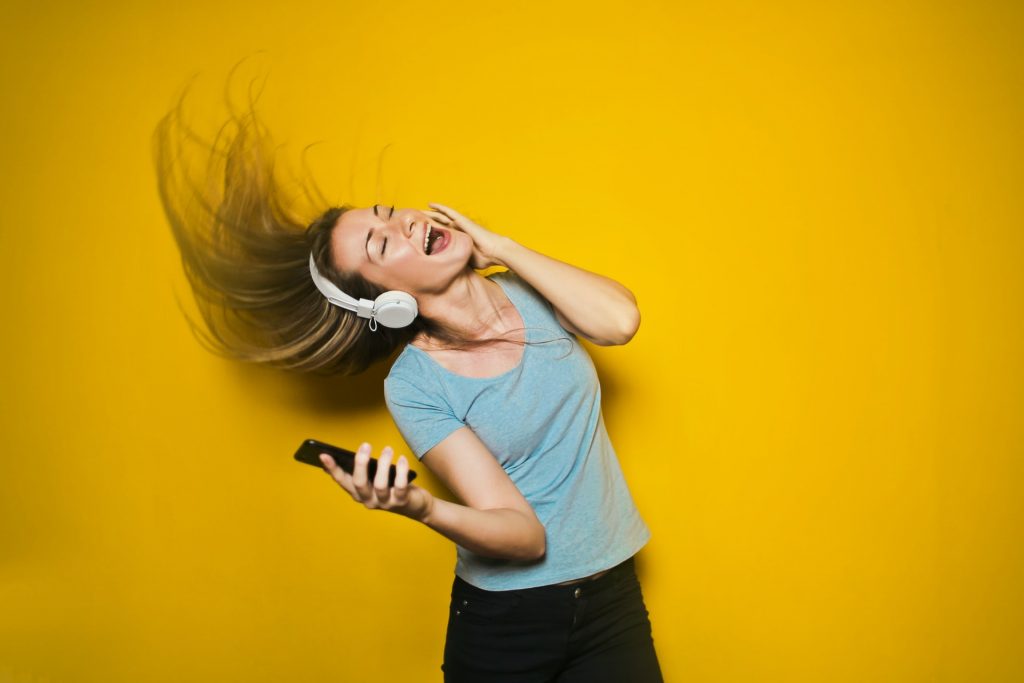
Source: unsplash.com
Besides improving your cardiovascular system and lung capacity, dancing can help you shed unwanted pounds. Whether you prefer a slower dance with exaggerated movements – something resembling tai chi routine or a more energetic dance, your body will burn more calories than by just walking.
And we all know that the true secret to weight loss is burning more calories than you take in.
Dancing for Your Mental Health
If this pandemic has proven nothing else, it has certainly shown us how uncertainty and isolation can damage our sense of well-being.
In this article’s introduction, we mentioned that dancing is both an expression of joy and a joy-inducer. While some credit is due to the music you dance to, it’s the dancing itself that causes your endorphin rush.
Our bodies naturally produce endorphins to relieve pain or combat stress. Regular exercise boosts endorphin production, which naturally lowers anxiety and helps fight depression.
Granted, a pandemic is nothing to dance about but dancing can help you get control over those feelings of despair and help to boost your mood.
Dancing to Connect Socially
Some people take dance lessons intent on pursuing a career in dance but clubs, parties and neighborhood gatherings host their share of dancers, too.
In many ways, dancing is a social activity.
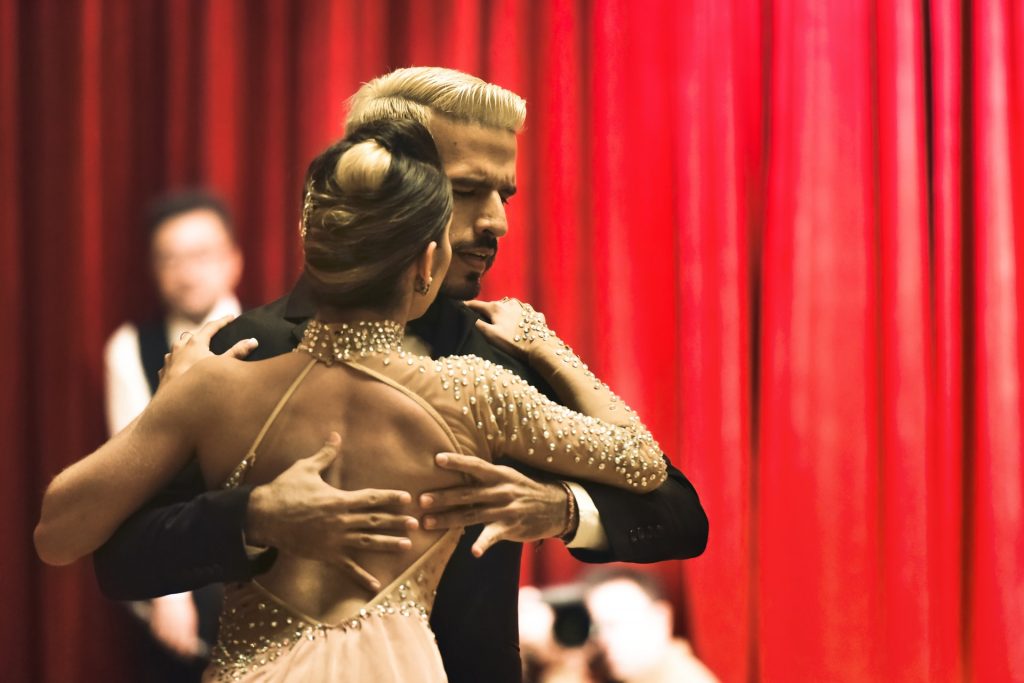
Source: unsplash.com
People dance because they want to and feel like it. There’s nothing wrong with dancing to your favorite song when alone at home but dancing most often happens in a social setting.
You may, for instance, dance with a partner or join a line dance in progress. Even if you just execute a few steps on the way to the bar, you’re still communicating your exuberance to the people around you.
After the year we’ve just endured, we could all stand to become more physically active, couldn’t we? And don’t we need to rebuild our social connections after so long apart?
The past year’s experiences may still be too raw to talk about but we can communicate our trust in one another and our enjoyment at again being able to socialize again by breaking into a dance.

